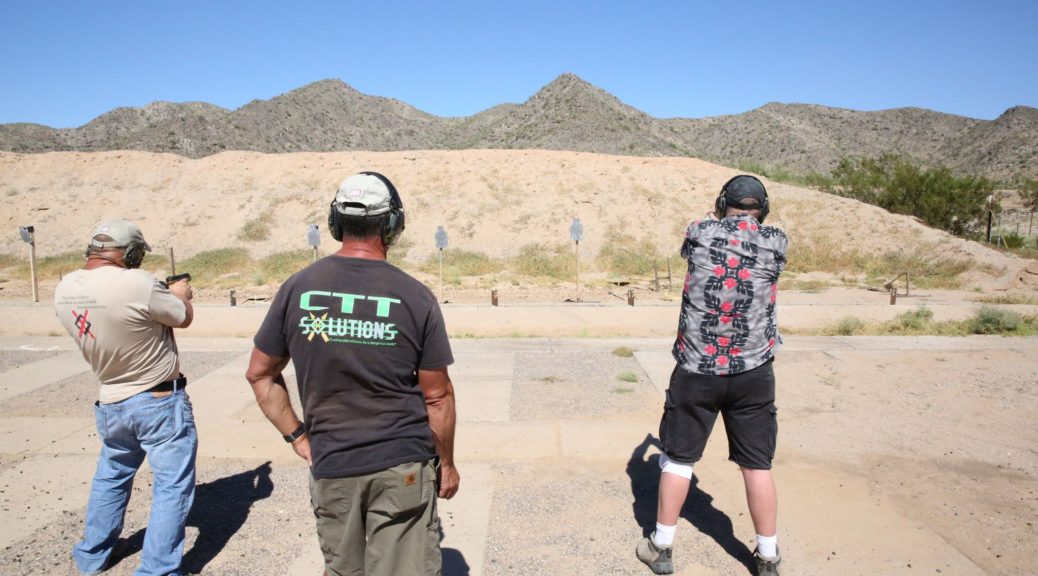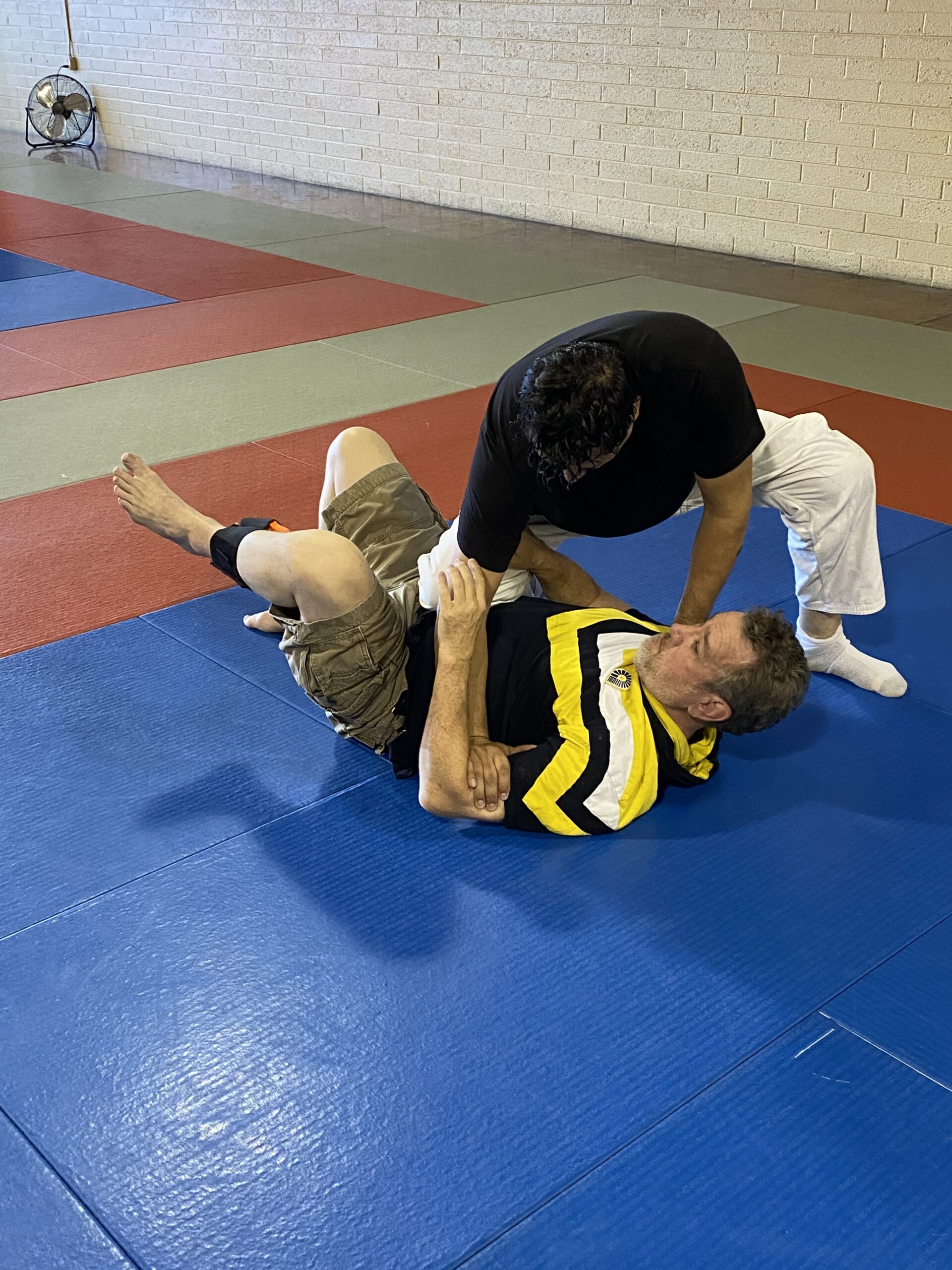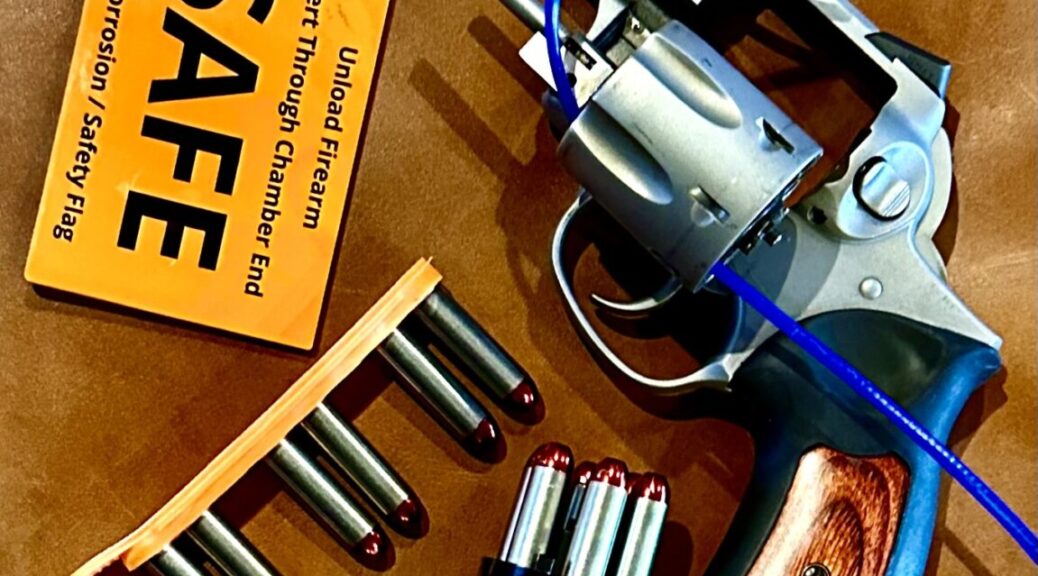Revolver Positives #6 – First Shot Surety
There is an old myth that used to be very prevalent in the gun community, and it still raises its head every now and then.
That myth was that Revolvers never failed. This was usually contrasted with the semi-autos of the day – the 1911, P35, S&W 35/59, etc. – where those were referred to as “jam-o-matics”. The latter part had a kernel of truth to it because in those early days (pre-70’s), we really were not sure what the best practices were to keep pistols running. The early days of hollow points were very problematic. I remember reading issues of “Combat Handguns” magazine in 1979 or 1980 when I was in high school, and it was accepted that as soon as you bought any semi-auto for self-defense, you needed to immediately get it to a gunsmith to get it “throated” to feed HPs. As well, the magazines typically available – especially for the 1911 – were rarely perfectly made. Cheap MilSurp was the order of the day. It was not until well into the 1980’s that most factory produced pistols were reliable enough out of the box to feed the common self-defense ammo of the day.
Revolvers had very little to go wrong. As long as the ammo was good, and the guns were maintained like all machines should be, it was a good bet that the wheelgun would fire. Hence the reputation that “revolvers never failed”. Well, they did at times. The majority of time those failures were ammo caused (and which would have rendered any semi-auto useless as well), but not always. Any mechanical thing built by man can fail.
This was countered pretty effectively by the understanding of EVERYONE who carried a gun that cleaning and maintenance were a regular affair and not to be neglected.
Post 9/11, and the GWOT, something happened. It was fueled in part by the fact that most LE agencies by that point had transitioned to pistols, and most of those tools (like Glocks) were extremely reliable and rugged, and more trainers were out there teaching people how to effectively shoot and defend themselves with a handgun. Because of modern mass manufacturing, guns were being made that were incredibly rugged, and some instructors recognized this and started seeing exactly how rugged. My friend Todd Green was the most visible who did this. He became famous for his “2,000 round tests” on various guns. He helped put the idea into people’s heads that a gun needed to be able to go 10,000 rounds without cleaning or much maintenance. In reality, this is NOT what he said or wrote, but it is how most people took it.
So we are now at a moment where the expectation of a self-defense gun is that you don’t have to take care of it. I can’t even begin to count how many times I have read online or heard someone brag about how long it has been since they cleaned their gun. This is where revolvers in general fall short of semi-autos. There are more moving parts and more intricate interactions in a wheelgun, and anytime you have more complex pieces, there are more potential failure points. So regular maintenance and cleaning is an absolute must when running revolvers.
There is a reason it makes sense for the military and LE to be equipped with semi-autos. They will see more environmental demands, and more heavy wear and tear. Autos can withstand more abuse.
So, while this is a nice thing to know about the durability of pistols, is it relevant to most of us as private citizens needing our gun at the moment? NOT ONE BIT. What matters the most is will our gun fire when we draw it and pull the trigger. My particular gun may not stand up to shooting 25,000 rounds through it, but that is not crucial as long as it goes off in the moment we need it.
What is funny about Todd Green’s 2,000 round challenge was that almost everyone ignores Todd’s recommendations for a carry gun after the test. He always said buy THREE of the identical guns, equip them the exact same way. With one of them, you run enough rounds through it to vet it (if you asked him, Todd usually said something to the effect of 500-1000 rounds with no issues was enough to consider that pistol good to go), and that became your carry gun. After that, you only shot it every now and then. A second gun was the one you ran through training classes and practices. Beat that one up but don’t rely on it for carry because you were putting so much strain on it. The third gun was your backup if the carry gun went down for some reason. Very few people ever followed that part of Todd’s advice because it was a ton of money (especially if you then had to get each gun milled to mount a Red Dot), yet everyone loves to brag about how rugged their gun is. Todd would tell you that you were being foolish if the gun you relied on to protect your life had 20,000+ rounds through it.
So if that is the case, does it really matter that a HK P30 could go 25,000 rounds without a single parts breakage? No, because for your EDC gun, you were not going to fire it that much. So the ability to hold up for that much is a nice intellectual exercise, but that is about it.
The point I am trying to make is that rugged and tough is important for the military and LE, but not so much for the average everyday Earth person. Obviously we need the gun to be dead reliable when we need it, but that does not mean it needs to stand up to being dropped from a helicopter onto concrete, then buried in the mud and then shot.
The question is, can a wheel gun be that reliable when you need it? This is where the myth we talked about above came into play. It was almost unheard of for a revolver to not be able to empty a cylinder in the middle of a life or death situation. Maybe J.H. Fitzgerald did not put 25,000 rounds through his favorite guns, but he never had an issue with them going bang when he wanted it to. There are no accounts of Frank Hamer getting a failure to fire with “Old Lucky” in any of his many gunfights, and while he certainly at times carried a semi-auto, he always turned to a revolver as his most trusted sidearm.
However, these are anecdotes, and the plural of anecdote is NOT proof. So I will leave you with this massive piece of empirical data. In the mid-80’s, when the NYPD was considering transitioning to semi-autos, they did a deep study. They looked at every time an officer went to draw and fire his service revolver, how many times it failed to fire. Keep in mind this was a study that went back decades, and every time an NYPD gun is fired, there is a documented report on it, and that at any given time, there were 20,000-40,000 officers in uniform serving.
So how many times did the study find there was an issue? NOT ONE TIME. Think about that. There was not one instance where an NYPD officer drew his S&W, Colt, or Ruger, went to fire it and it failed to go off. Not once. And remember, the NYPD has never been known as a department with a lot of top gunfighters. For every Jim Cirllio or Pat Rogers, there were 50,000 officers who had never fired a gun before they went through the academy.
As for the question, are revolvers reliable enough to protect the average person, I leave the answer to each and every one of you to decide for yourself, but I think the above study speaks loudly and quite clearly.



